Name Felipe Angeles | Rank Brigadier General Years of service 1892–1919 | |
 | ||
Born June 13, 1868, Zacualtipán, Hidalgo, Mexico Died November 26, 1919 (age 51) Chihuahua City, Chihuahua, Mexico Allegiance Conventionists (1914-19), Constitutionalists (1913-14), Maderistas (1911-13), Porfiriato (1892-1911) Service/branch División del Norte (1913-19), Federal Army (1892-1913) Years of service 1892–1919 Rank Brigadier General Similar Victoriano Huerta, Pascual Orozco, Rodolfo Fierro Nationality Mexican | ||
LOS ALEGRES DE TERAN ...Corrido de Felipe Angeles
Felipe Ángeles Ramirez (1868–1919) was a Mexican military officer, noteworthy for his participation in the Mexican Revolution of 1910 to 1920.
Contents
- LOS ALEGRES DE TERAN Corrido de Felipe Angeles
- Early life
- Education and early military career
- Revolutionary activities
- Return to Mexico
- Service with Villa
- Final year trial and execution
- Books
- Historia de felipe ngeles
- References
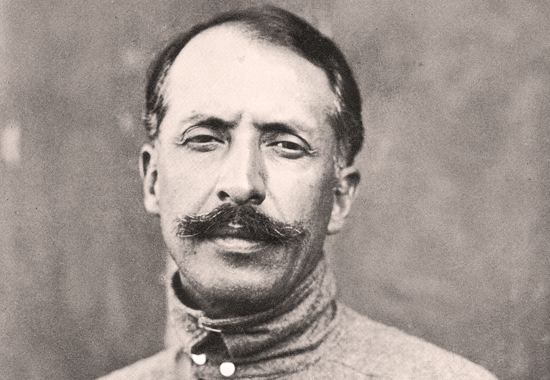
Early life

Felipe Ángeles was born on June 13, 1868 in Zacualtipán, Hidalgo, the son of Felipe Ángeles and Juana Ramírez. The elder Felipe Ángeles was a small farmer and participated in the war with the United States in 1847 and in the war to remove Emperor Maximilian in 1862.
Education and early military career
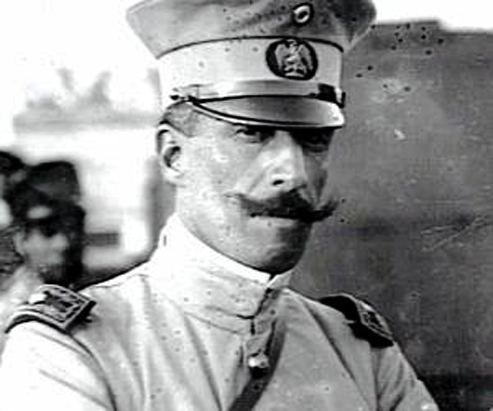
Ángeles was educated at the primary level in Molango, Hidalgo. He went on to study in the Instituto Literario in Pachuca, subsequently entering the Military Academy in Mexico City in 1883 at the age of 14. He obtained the rank of lieutenant of engineers in 1892. Concentrating on education, he took on various lectureships in the military academy. In 1896 he was promoted to captain of artillery, and by 1901 he had obtained the rank of major. Three years later he was promoted to the rank of lieutenant colonel and to full colonel in 1908. That same year, he left for France to study contemporary artillery.
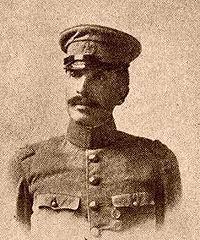
While Ángeles was teaching at the Military Academy he met and courted Clara Kraus, a California woman of German ancestry who was teaching school in Mexico City. They were married in November 1896.
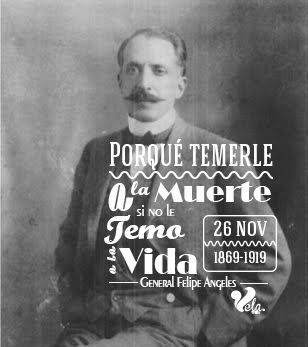
Colonel Ángeles was in Paris when the Mexican Revolution broke out in late 1910. His request to return to Mexico was rejected, and consequently he did not participate in the Madero revolution. As (Mexico’s) Inspector General of Munitions at the Sharpshooting Academy at Mailly, Ángeles perfected the “French 75,” which would become one of the more effective weapons in the Great War. In May 1911, he was awarded the order of Knight of the Legion of Honor by the French government.
Revolutionary activities
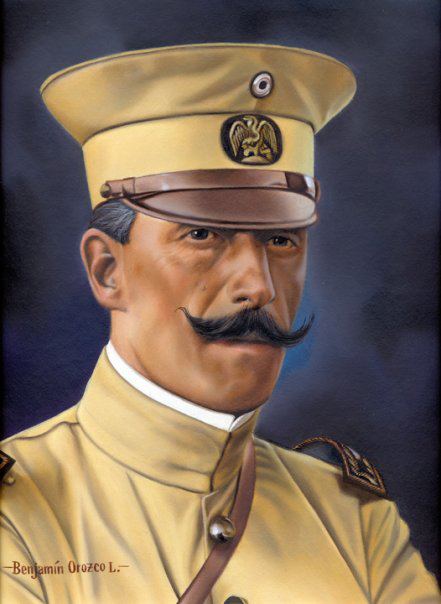
Colonel Ángeles returned to Mexico in January 1912. Shortly thereafter, he met with new President Francisco Madero, and Madero appointed Ángeles director of the Military Academy at Chapultepec. While he was director, he had much contact with President Madero, and developed a reputation as a cultured dignified officer and a man of honor. In June 1912, he was promoted to brigadier general.

The Madero government was under attack from many sides, and in August 1912, President Madero sent General Ángeles to Morelos to take charge of the seventh military zone, and battle the Emiliano Zapata insurgency. Ángeles, with Madero's concurrence, changed the harsh military tactics and offered amnesty to those revolutionaries who agreed to lay down their arms. Ángeles unleashed aerial bombardment and modern counter-insurgency warfare against those who refused to surrender, but he did not deliberately target civilians. While this did not end the rebellion, it did much to reduce the level of violence.
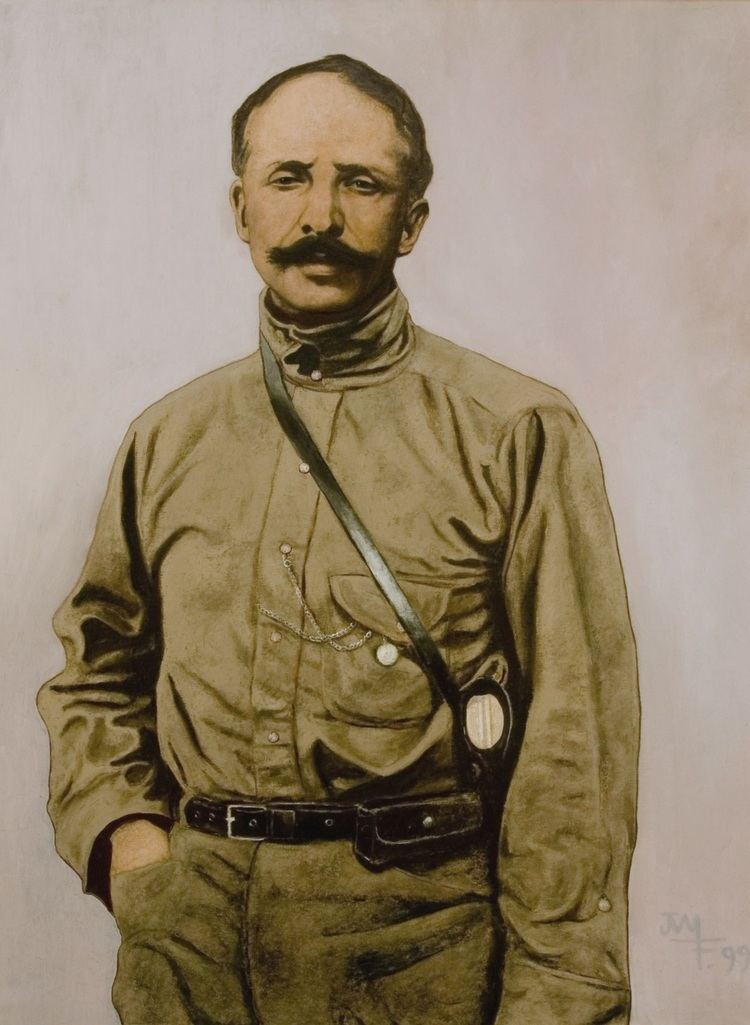
In February 1913, a reactionary coup d’état known as La decena trágica ended the Madero government when a conservative military faction attacked the National Palace. The attack was turned back, and the conspirators barricaded themselves within the armory. President Madero appointed General Victoriano Huerta to lead the loyal troops, and then traveled to Morelos to confer with Ángeles. Madero and Ángeles returned to Mexico City, with the understanding that Ángeles would be placed in charge of the forces loyal to Madero. However, the Army staff objected, stating that under army regulations, Ángeles was technically not yet a general, as Congress had not confirmed his appointment. After ten days of fighting, General Huerta, aided by U.S. Ambassador Henry Lane Wilson, reached an accommodation with the rebels. Huerta, supported by the conservative rebel units, arrested President Madero, Vice-President Pino Suarez, and General Ángeles. The president and the vice-president were subsequently assassinated. Ángeles was arrested with Madero and Pino Suarez. Huerta subjected Ángeles to a sham trial, accusing him of murdering a child during the barrage of La Ciudadela. Ángeles defended himself ably, and Huerta sent him into exile in France rather than in front of a firing squad.
Return to Mexico
While in Paris, General Ángeles made contact with individuals opposed to the new Huerta government. He was persuaded to return to Mexico in October 1913, and join the anti-Huerta forces under Venustiano Carranza in Sonora. Carranza confirmed Ángeles' rank of brigadier general and appointed him Secretary of War in the Revolutionary Government. However, the powerful Sonoran faction considered Ángeles to be a holdover of the old Díaz regime, and treated him with suspicion and hostility. To placate the Sonorans, Carranza downgraded Ángeles’s position to sub-Secretary of War. While in this position, Ángeles formulated the rebel grand strategy of a three-prong attack south to Mexico City: General Álvaro Obregón to advance south along the western railroad, General Pancho Villa to advance south along the central railroad, and General Pablo González to advance south along the eastern railroad.
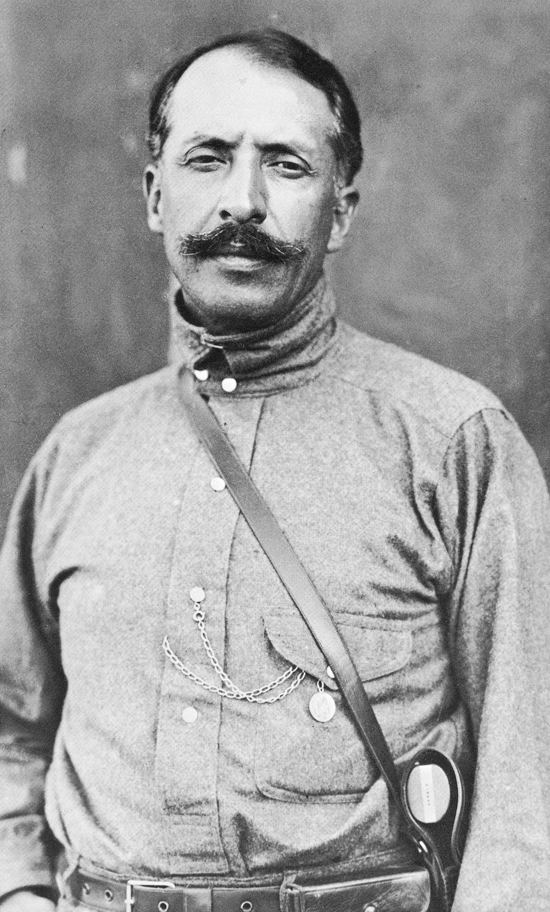
In January 1914, Ángeles accompanied Carranza on a visit to Chihuahua to confer with Pancho Villa. Ángeles, unhappy under Carranza, convinced Villa to ask Carranza to put him in charge of his artillery. Villa asked for Ángeles’ services, and Carranza willingly released him. He consequently joined Pancho Villa's Division of the North in March 1914.
Service with Villa
General Ángeles became one of Villa’s principal military and intellectual advisers. He participated as Chief of Artillery in the great military triumphs of 1914: the capture of Torreón, the Battles of San Pedro de las Colonias and Paredón, and the capture of Zacatecas in May 1914. Just before the attack on Zacatecas, Ángeles played a major role in the so-called ‘disobedience of the generals' of the Division of the North, countermanding Carranza’s order to halt their advance on Zacatecas and Mexico City. The generals’ 'disobedience' ensured the defeat of Huerta’s army, but precipitated a split between Carranza and Villa.
After the defeat of Huerta, Ángeles participated in the October 1914 Convention of Aguascalientes as Villa’s representative. The Convention of Aguascalientes, called to bring an end to hostilities, resulted in a complete break between Villa and Carranza. Ángeles remained with the Villa faction as civil war broke out again in early 1915. Ángeles, in his first independent command, captured the city of Monterrey in January 1915. However, Villa's forces were decisively defeated in the spring of 1915 by Carranza’s General Obregón, and Ángeles was forced to flee Mexico and settle in exile in Texas. There he attempted to make a living as a dairy farmer.
While in Texas, he joined the Liberal Mexican Alliance, which sought to bring together exiles of various ideological persuasions linked by the common aim to stop the war and form a coalition government. When World War I ended in November 1918, Mexico under Carranza was still engaged in civil war. Ángeles became convinced that the United States would invade and occupy Mexico if the combatants could not reach a peace accord. In December 1918, Ángeles returned to Chihuahua clandestinely and joined up again with Pancho Villa. Villa at this time no longer commanded an army, but instead was only able to conduct guerrilla raids. He was then being pursued by both the Mexican and American military. Ángeles, a conciliator, pacifist, and philanthropic socialist wanted peace, but he was unable to convince Villa to cease hostilities.
Final year, trial and execution
After Villa’s raid on Ciudad Juárez in June 1919 (in which Ángeles did not participate), Ángeles became despondent that there was no solution to the long and bloody civil war. Tired, ill, and very disillusioned, he departed Villa’s camp. Wandering for a time without funds or support, he was betrayed and arrested by the Carranza government. He was court-martialed in a show-trial in Ciudad Chihuahua. Knowing that Carranza would never pardon him, Ángeles made a heroic and impassioned defense in response to his enemies’ case for the prosecution. At 10:45 pm on November 25, 1919, the court-martial condemned him to death, and on November 26, 1919, in front of the state penitentiary in Chihuahua, he was executed.
